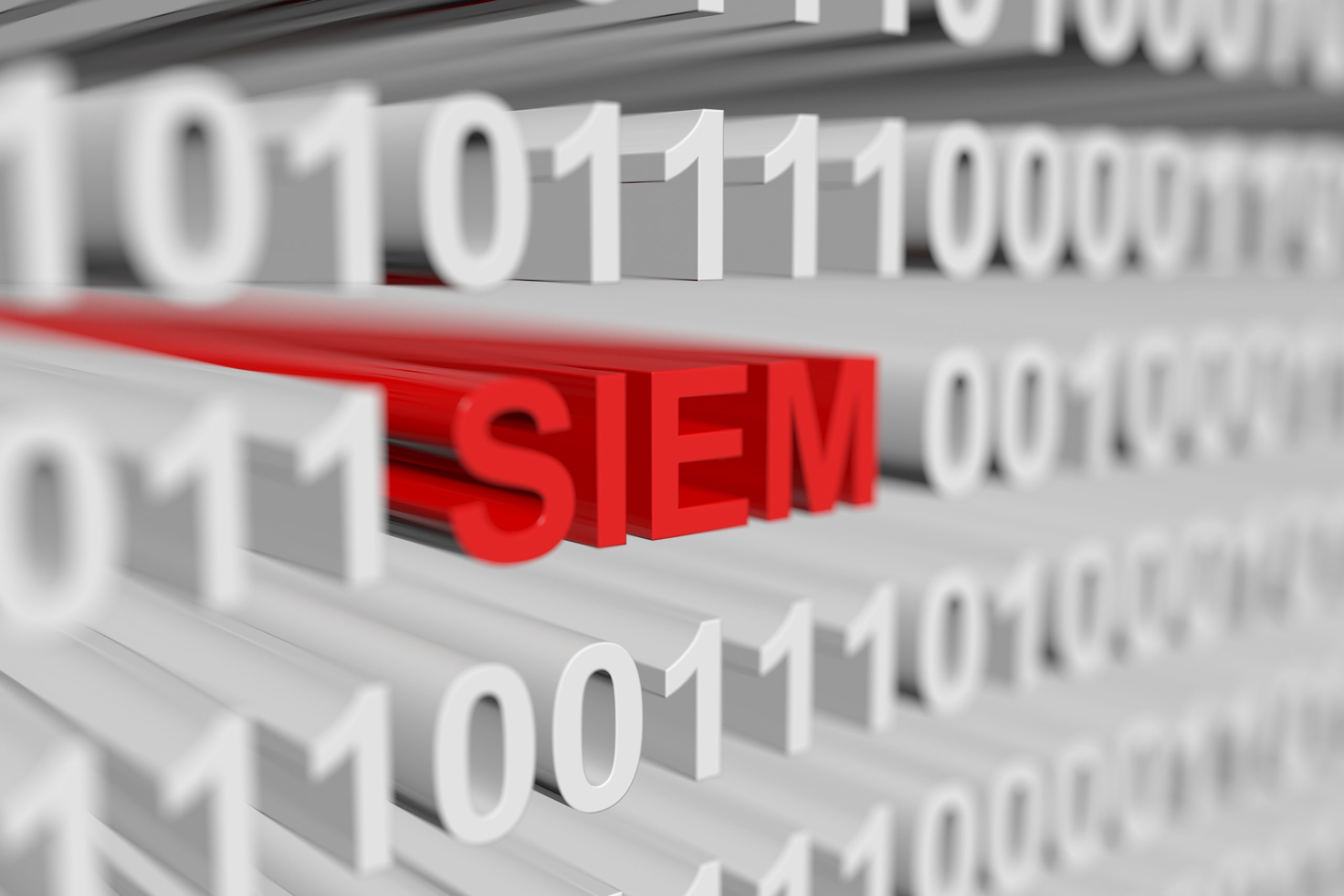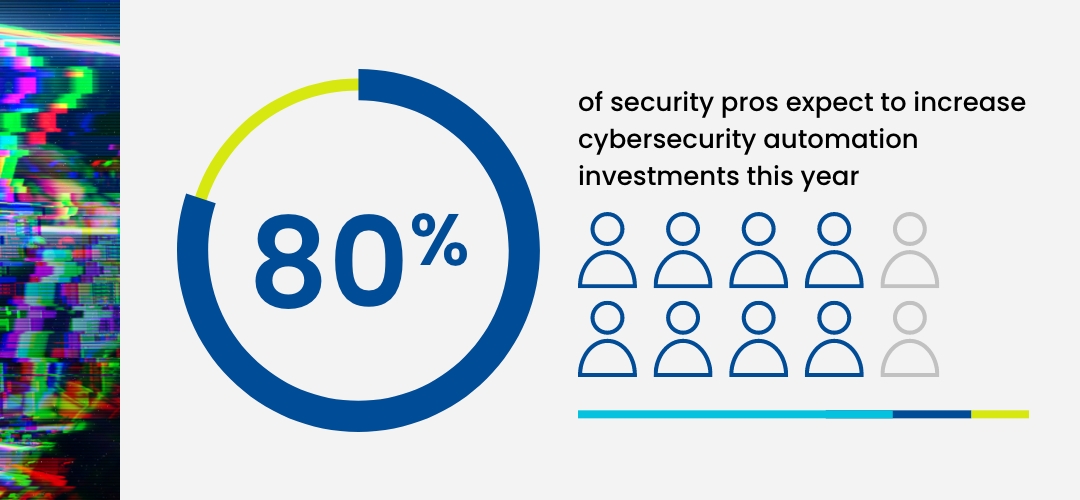
Let’s take a trip — back about eight years — when a Gartner analyst coined the term endpoint detection and response (EDR). He was describing security systems that both detect and investigate suspicious activities on computers and other devices and use automation to help security operations center (SOC) teams quickly identify and respond to threats. Since then, EDR has become a critical component of a modern security stack for organizations of all sizes.
While EDR focuses solely on endpoints as the focal point for protecting data against threats, the need for a similarly packaged solution that also protects the network, cloud, and other infrastructure where attackers reside was needed. Enter extended detection and response (XDR), which appears poised to deliver on just this need. If you’re not quite sure what XDR is, Forrester Analyst Allie Mellen summarizes it nicely: “An incredibly simplified way of thinking about XDR is that it is EDR++.”
Devo and XDR — the Critical Combination of Data and Analytics
So how does Devo, with our cloud-native logging and security analytics platform, fit in with XDR? This is where we go back to basics — multitenant data and security analytics. EDR relies on only one data source, but XDR leverages far more data from a diverse set of technologies to provide more accurate analytics and smarter automation. That’s how XDR delivers on its promise of faster detection and remediation of threats.
As a leading logging and security analytics provider, Devo’s technology, which is the security focal point for a growing number of organizations, also is a critical component of XDR. This is because Devo enables XDR solutions to accomplish the goal of pulling together a vast amount of data from a wide variety of sources so SOC teams can analyze it, detect threats, and respond to them in real time at speeds that, until recently, were unheard of. But don’t take my word for it.
Today, our partner Optiv announced a new managed XDR (MXDR) solution and we are excited that Devo is a foundational partner for the new offering. As service providers work to implement effective XDR solutions, they need a scalable cloud-native logging and analytics solution at the core. That’s why Optiv and other leading technology providers have made Devo an integral part of their XDR solutions.
I believe innovators in the managed XDR space see the large opportunity that exists with the intersection of XDR and managed detection and response (MDR) services. Gartner estimates that by 2025 50% of organizations will be using MDR services1. That’s sizeable, and we believe that as organizations evolve beyond just EDR, the same will occur with MDR services as we’re already seeing today.
I am thrilled that Devo is partnering with Optiv on this new offering, but more importantly, I think their approach is the correct one when it comes to managed XDR. I am equally excited about the pivotal role Devo will play in the rapidly evolving security stacks of our customers and partners. Data and security analytics, essential components of Devo’s DNA, are the key to effective XDR and MXDR. And Devo will continue our commitment to innovation, enabling organizations across all industries and geographies to manage, analyze and secure their data with decisive confidence.


